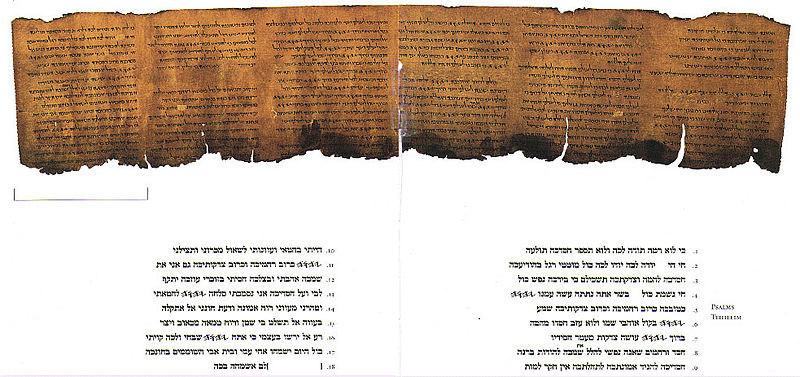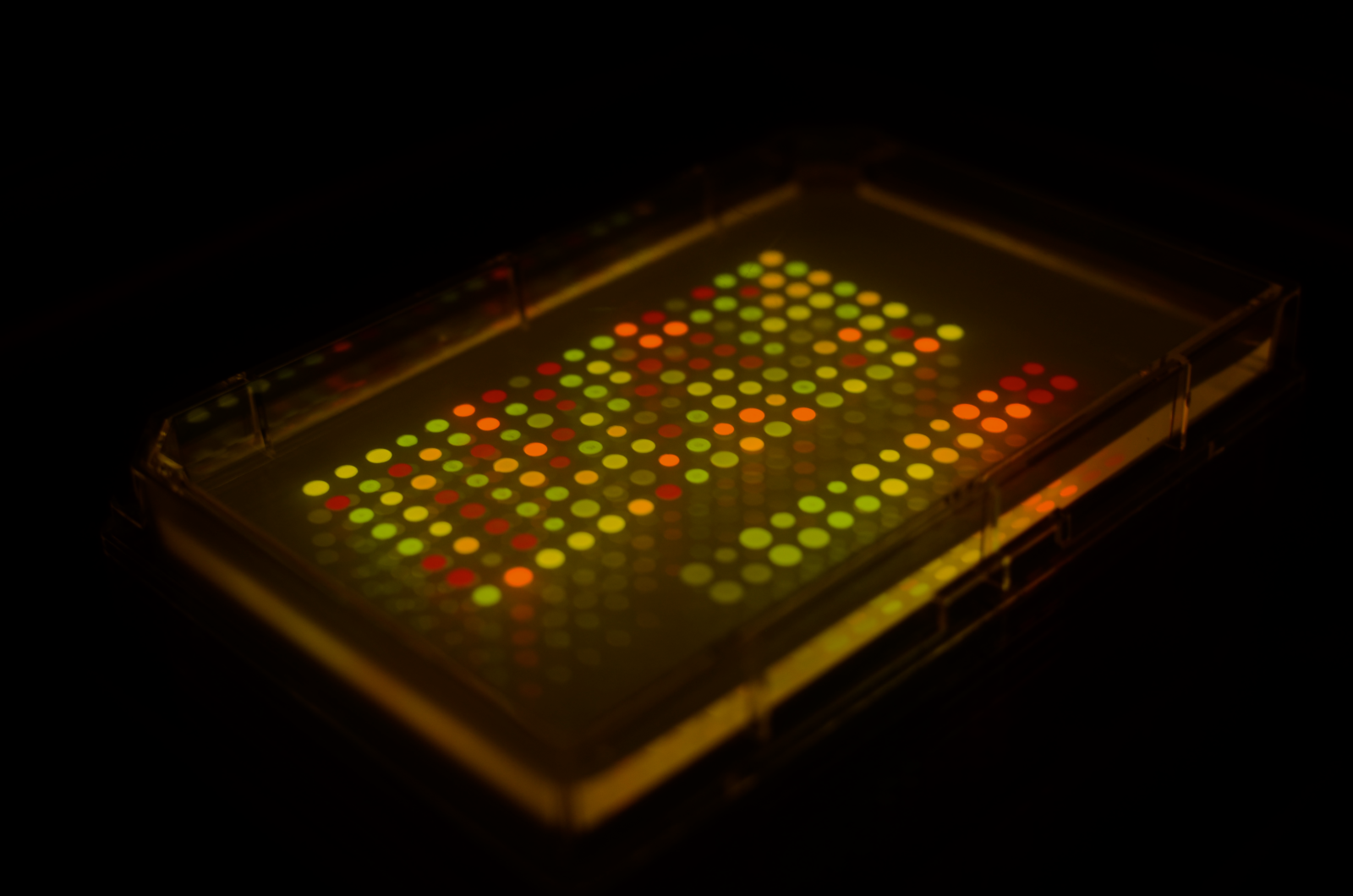Space Stations, The Dead Sea Scrolls and Glowing Bacteria...
Interview with
Chinese Satellite Launched
Meera - China has launched its first space station, set to orbit 220 miles above the Earth.
The unmanned Tiangong 1 space laboratory, meaning 'Heavenly Place' was launched from the Gobi Desert on the 29th September carried up by the rocket, Long March and will remain in orbit for 2 years...
Anu Ohja from the National space Centre in Leicester, on the aims of the mission...
Anu - In a couple of month's time in November, there'll be the mission called Shenzhou VII, practicing rendezvousing and then docking with Tiangong-1. Now that's going to be unmanned and the plan is for that to stay up there for 12 days. What will then follow over the next year are two more missions. One of which will be manned, but the current plan is to have Tiangong-1 altogether in orbit for about two years with Tiangong-2 following as a successor in 2014.
---
Dead Sea Scrolls Online
Meera - High Resolution images of the Dead Sea Scrolls are now available online.
Five major scrolls from these ancient manuscripts, originally written on parchment and papyrus, have now been digitised by Google in collaboration with the Israel Museum, enabling billions of people to access these biblical texts in their original form, as Geza Vermes, Emeritus Professor of Jewish Studies at the University of Oxford explains...
Geza - One of the most important contributions here is, that people can see the actual scrolls as they are, the colour of the leather, shape, darkness, and spots of ink on the manuscript so that they can actually come as close to the documents as those who can hold them in their hands.
---
Converting CO2 emissions into fuel
Meera - Carbon Dioxide emissions could soon be converted back into fuel, reducing levels of the greenhouse gas released into our atmosphere.
Using a process dubbed artificial photosynthesis, Rich Masel and colleagues at the company Dioxide Materials, have used solar energy to convert carbon dioxide into carbon monoxide and water, which in turn combines with hydrogen to produce synthetic gas now used by many oil companies to produce fuel...
Rich - This is a viable route in the long term to make the fuel for your car, or your truck or your airplane that doesn't compete with the food supply, and it's completely renewable and recyclable. So it changes CO2 from something we dump or have to bury into something that we recycle and reuse, and it's a renewable resource.
---
Hidden Messages with a Bacterial Glow
Meera - Glowing bacteria could soon be used to encode secret messages.
 Working with E. coli and fluorescent proteins, David Waltz from Tufts University used combinations of bacteria to encode messages onto sheets of paper made of nitrocellulose. Potential uses for the process are product authentication, prevention of counterfeiting and even biological bar coding, with people wanting to decide for the message, needing to know the right nutrient and light needed to read the bacterial glow.
Working with E. coli and fluorescent proteins, David Waltz from Tufts University used combinations of bacteria to encode messages onto sheets of paper made of nitrocellulose. Potential uses for the process are product authentication, prevention of counterfeiting and even biological bar coding, with people wanting to decide for the message, needing to know the right nutrient and light needed to read the bacterial glow.
David - It's a combination of two colours, corresponds to either a letter, a number or a symbol, and we array those in a particular order and bacteria do not glow unless they're exposed to a particular nutrient. And so, when those bacteria grow in the proper medium, they develop the colours that they're designed to present and the message, kind of like invisible ink then appears magically.
---
The Ig Nobel Awards
And finally, the 21st annual
Ig Nobel awardstook place at Harvard University this week honouring scientists for research that makes people laugh and then makes them think.
This year's prizes honoured work on why discus throwers get dizzy when hammer throwers don't, the use of wasabi to wake people up in an emergency, as well as our decision-making ability when needing to urinate.
Marc Abrahams is in charge of the ceremony...
Mark - The point of them in a way is just to show people things that are so unexpected and entrancing. They are going to make you want to know more. Among the winners were the Mayor of Vilnius, Lithuania who won the Peace Prize for demonstrating a new way to discourage people from parking their cars in bicycle lanes. He runs over their cars with an armoured tank.
The prizes themselves are presented by real Nobel Prize winners and continue to grow in popularity each year.
- Previous Monitoring Moods with Twitter
- Next Fact Impact - Asteroids









Comments
Add a comment